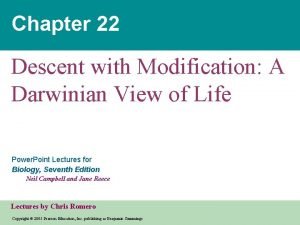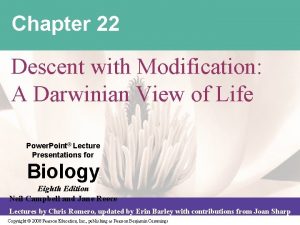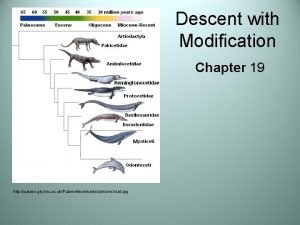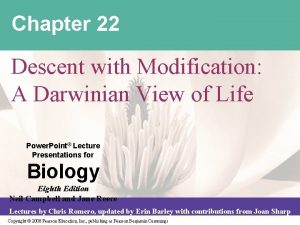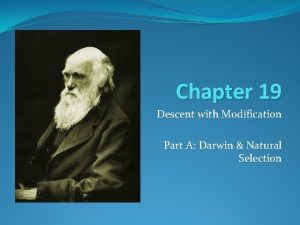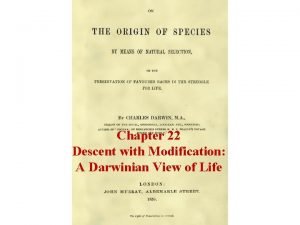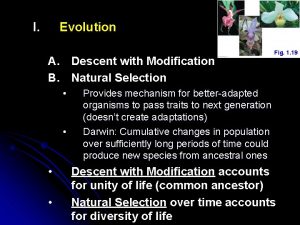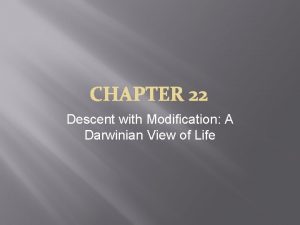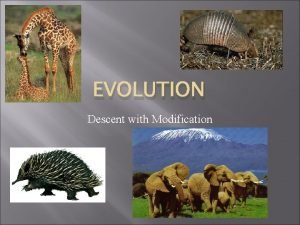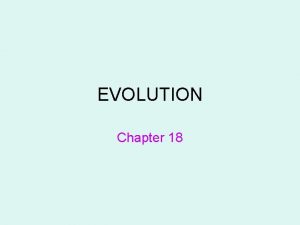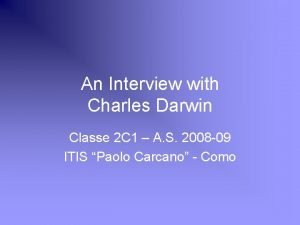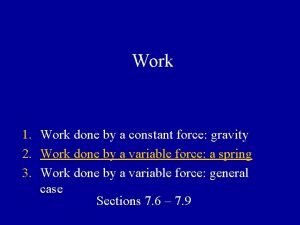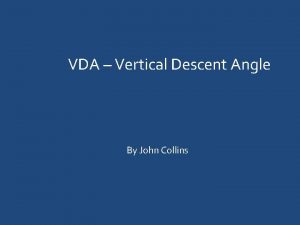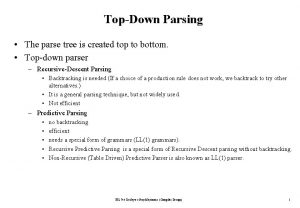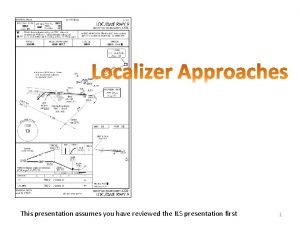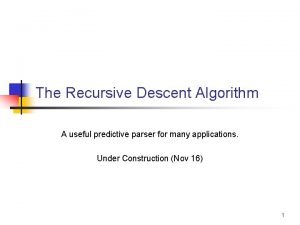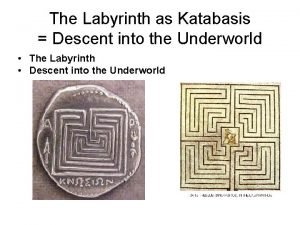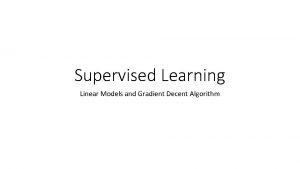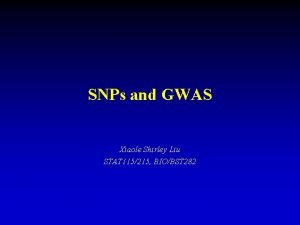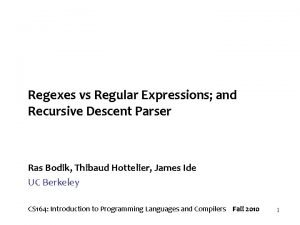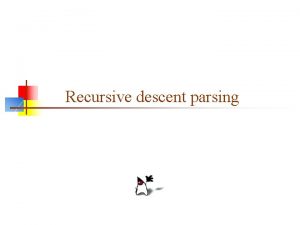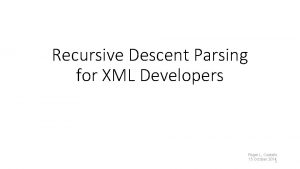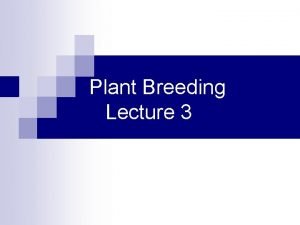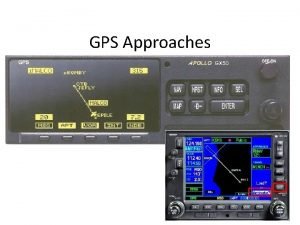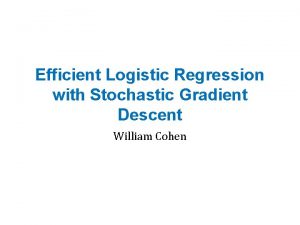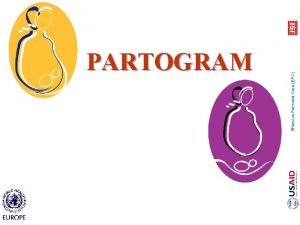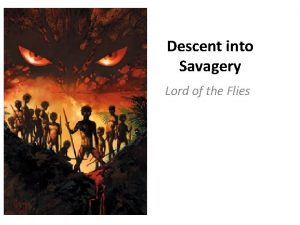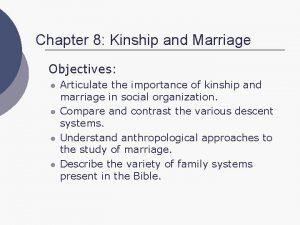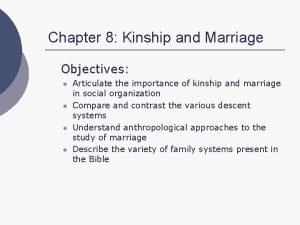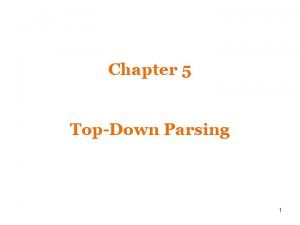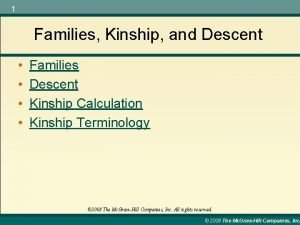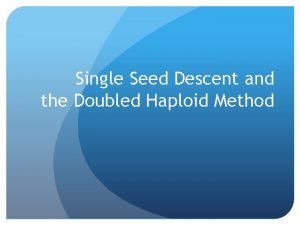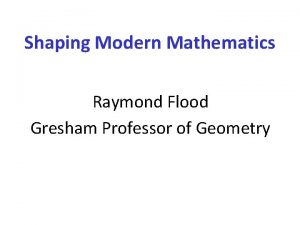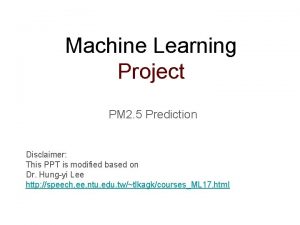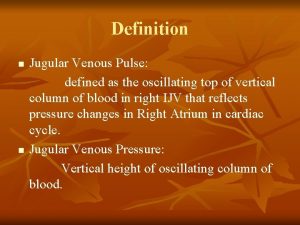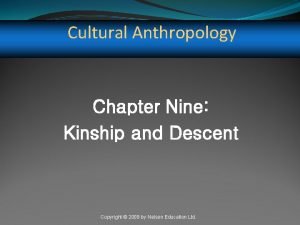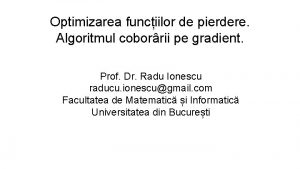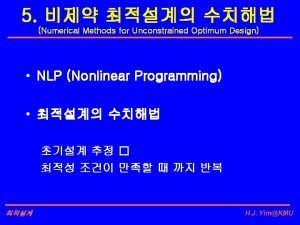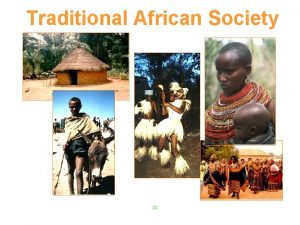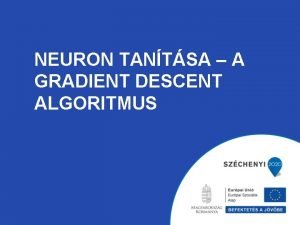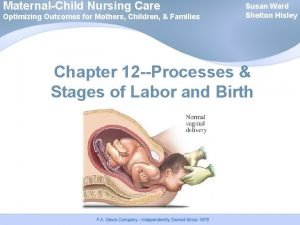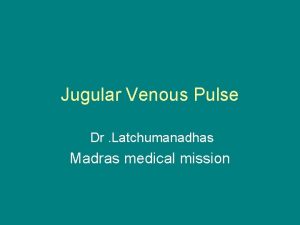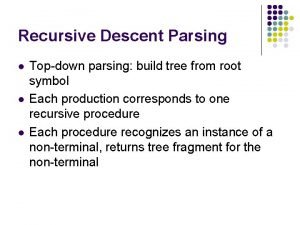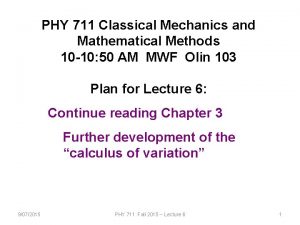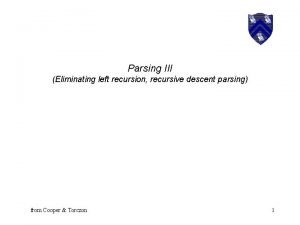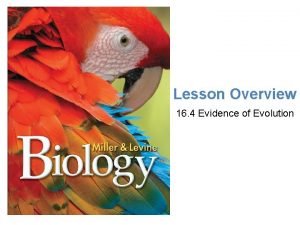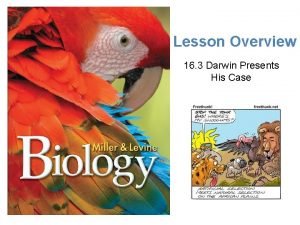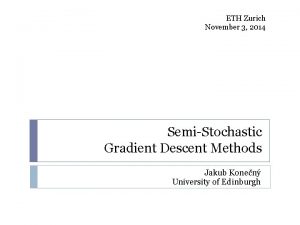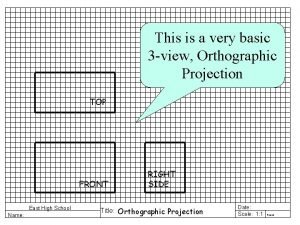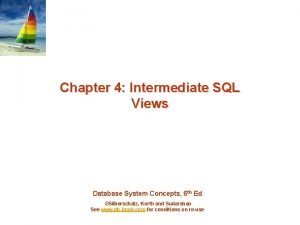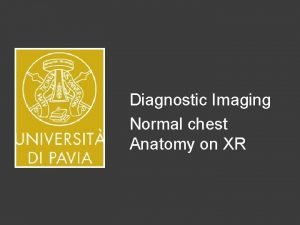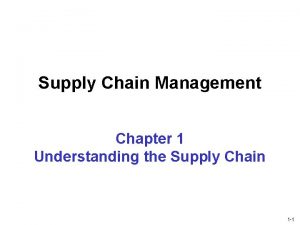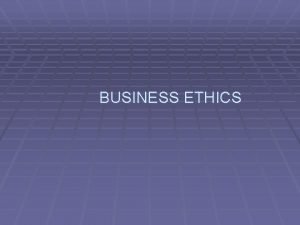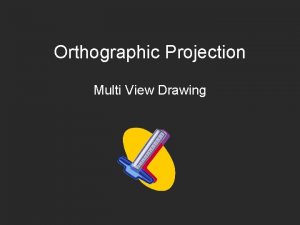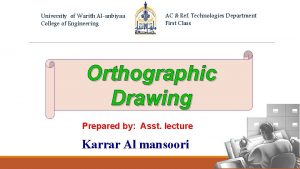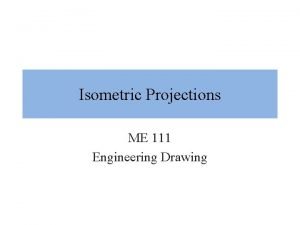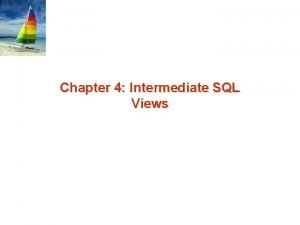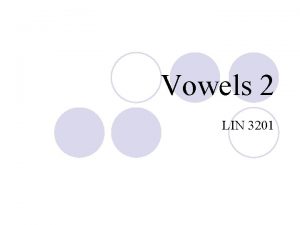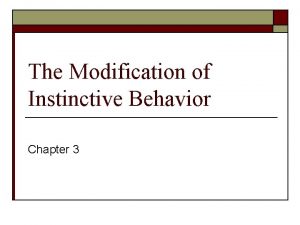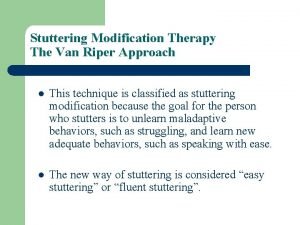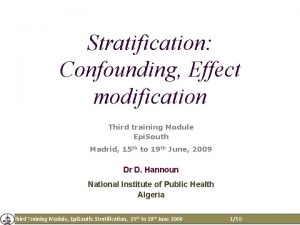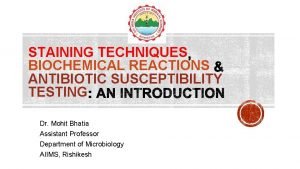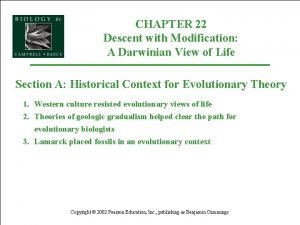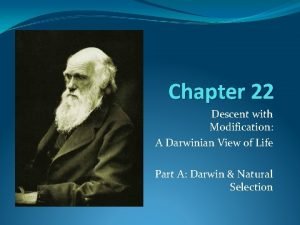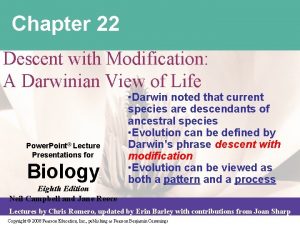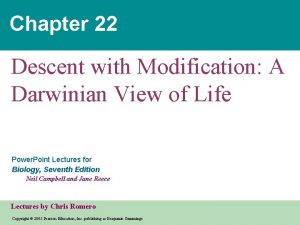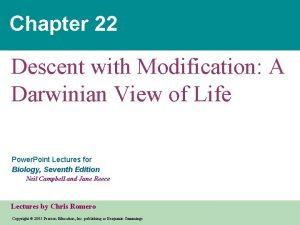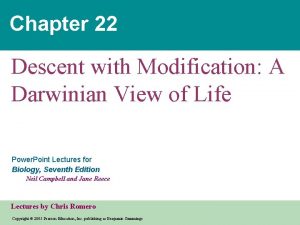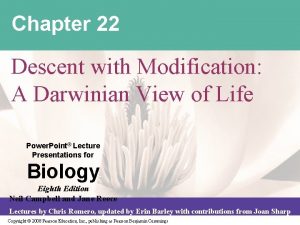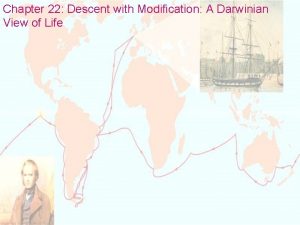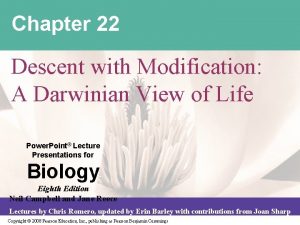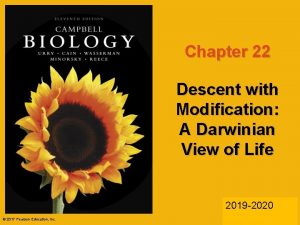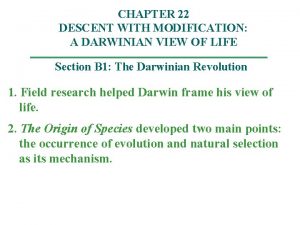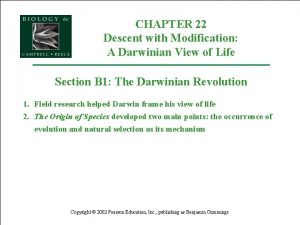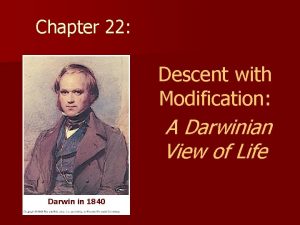Chapter 22 Descent with Modification A Darwinian View




















































































- Slides: 84

Chapter 22 Descent with Modification: A Darwinian View of Life

Question? u. How did the diversity of life originate? u. Through the process of Evolution. u. Big Idea 1

Evolution u. The processes that have transformed life on earth from its beginnings to today's diversity. u. Evolution is the most pervasive principle in biology (Big Idea 1).

Theory vs theory Theory u. Hypothesis supported repeatedly by data u. Makes testable predictions theory u. Layman’s and TV use of the word u. Confused with hypothesis in Science

Examples of Theory u. Cell Theory u. Big Bang Theory u. Atomic Theory u. Theory of Gravity u. Theory of Evolution

Teaching Philosophy on Evolution as a Theory

Evolution u. Has itself "evolved" or changed over time. u. Illustrates “Science as a Process”. u. Students should be able to give the main points of several views.

Pre-Darwinian Views 1. Greeks 2. Fixed Species 3. Catastophism 4. Hutton and Lyell 5. Lamarck

Greek Philosophers 1. Plato - Organisms are already perfectly adapted to their environments. 2. Aristotle - Organisms arranged on a “scale of life” from simple to complex.

Result u. No evolution. u. Life is already perfect and doesn’t need to change. All the rungs on life's "ladder" are already occupied.

Fixed Species Concept u. The creator had designed each and every species for a particular purpose.

Result u. No evolution. u. Created the viewpoint that all species could be identified and named (Taxonomy). A major factor in the Linnaeus classification system.

Catastrophism u. Georges Cuvier (1769 -1832). u. Attempted to relate fossils to current life.

Theory u. Fossils were the remains of species lost due to catastrophe. u. No new species originated; species could only be lost over time. u. Result - No evolution.

James Hutton u 1795 - Gradualism u. Profound change is the cumulative product of slow, but continuous processes.

Result u. Changes on the earth were gradual, not catastrophic.

Charles Lyell u 1797 - 1875. u. Incorporated Hutton’s gradualism into a theory called Uniformitarianism.

Uniformitarianism u. Geological processes have operated at the same rate over the Earth’s history.


Result u. The Earth must be VERY old. (much older than 6000 years of the fixed species concept). u. Idea that slow and subtle processes can cause substantial change.

Jean Baptiste Lamarck u. Published theory in 1809. u. Theory - Life changed from simple to complex over time.

Lamark u. Fossils were the remains of past life forms. u. Evolution did occur.

Mechanisms 1. Use and Disuse u. Body parts used to survive become larger and stronger. u. Body parts not used to survive deteriorate.

Mechanisms 2. Acquired Characteristics u. Modifications acquired by use/disuse were passed on to offspring.

Problem u. No knowledge of genetics. u. Acquired traits are not transmitted offspring.

To Lamarck’s Credit u. He did suggest correctly the role of fossils in evolution. u. He did suggest that adaptation to the environment is a primary cause of evolution.

Thomas Malthus u. Essay on human population growth in 1798. u. Disease, famine, homelessness, and war are inescapable because human populations grow faster than food supplies. u. Darwin read Malthus. u. Wallace read Malthus too.

Charles Darwin u. Father of the modern theory of evolution. u. Theory Descent with Modification.

Darwin's Background u. Trained as a Naturalist (after trying religion and medicine).

Voyage of the Beagle

Result u. Darwin's training and travel opportunities allowed him to formulate and support his ideas on Natural Selection.

Galapagos Finches

Alfred Wallace - 1858 u. Paper on Natural Selection identical to Darwin's ideas.

Result - July 1, 1858 u. Dual presentation of the Wallace-Darwin ideas to the Linnaean Society of London. u. Side note – The president of the Linnaean Society later remarked that “nothing remarkable happened in 1958”

Darwin - 1859 u. Publication of "The Origin of Species”. u. Sold out and has been reprinted many times.

Comment u. Darwin best remembered for theory because of his overwhelming evidence and because he published. u. He was also better “known” than Wallace.

Darwinian View u. History of life is like a tree with branches over time from a common source. u. Current diversity of life is caused by the forks from common ancestors.


Example

“The Origin of Species” u. Documented the occurrence of evolution. u. Suggested that the mechanism for evolution was Natural Selection.

Observations: Observation 1 – Members of a population may vary greatly in their traits. .

Observation 2 u. Traits are inherited from parents to offspring.

Observation 3 All species are capable of producing more offspring than their environment can support.

Observation 4 u. Owing to lack of food or other resources, many of these offspring do not survive.

Inference 1 u. Individuals whose inherited traits give them a higher probability of surviving and reproducing in a given environment tend to leave more offspring than other individuals.

Inference 2 u. This unequal ability of individuals to survive and reproduce will lead to the accumulation of favorable traits in the population over generations.

Nature u. Determines which characteristics are favorable. u. Determines who survives. u. Result - “Natural Selection” (or selection by Nature)

Natural Selection in action

Artificial Selection u. When man determines the characteristics that survive and reproduce. u. Result - the various breeds of animals and plants we’ve developed.

Ex - Mustard Plant Original Cultivars

Artificial Selection

Evolution Success Measured By u. Survival u. Reproduction u. Whoever lives and has kids is the “winner” in evolution.

Requirements u. In order for Natural Selection to work, you must have: u. Variations within a population. u. Long periods of time (according to Darwin).

Subtleties of Natural Selection 1. Populations are the units of Evolution. 2. Only inherited characteristics can evolve.

Comment u. Acquired characteristics may allow a species to evolve "outside" of Natural Selection. u. Ex: culture, learning

Evidences for Evolution u. Direct observation of evolutionary changes. u. Fossils u. Homology u. Convergent Evolution u. Biogeography u. Molecular

Direct Observations u. Color patterns in guppies u. Drug resistant HIV u. Beak size in Birds u. Pit. X 1 gene u. Others

Color Pattern in Guppies u. Field Experiment (see text for full details) u. Changed the selection pressure on male guppies u. Result – color pattern change in 15 generations (22 months).


HIV Drug Resistance u. Drug resistance strains selected for by treatments u. Result – resistant strains became 100% dominant in 4 -5 weeks.


Beak Size u. Field Study – measured the beak size of all birds in a population over several years. u. Result – drought and food competition changed beak size.


Fossils u. Relics or impressions of organisms from the past. u. Problem: u. Show changes over time from simple to complex. u. Many fossils don't have descendants.

Evolution Viewpoint u. Life has changed over time. u. Many species failed to survive and became extinct.

Comments 1. Fossilization is a rare event. 2. Only hard parts fossilize well. 3. Problem in finding fossils. 4. Interpretation. 5. Missing Links.

Assignments u. Read Chapter 22 or Chapter 15 in Hillis u. Lab – Population Genetics – due Friday of next week u. Discussion board - today u. Exam 2 – Tuesday of next week u. Chapter 22 – Wed.

Homology Homologous Structures Common "building plan” with divergent functions. Mammal forelimbs

Problems Vestigial Organs - Rudimentary structures of marginal, if any, use. Whale Legs

Human Example

Evolution Viewpoint u. Remodeling of ancestral structures as their functions or adaptations changed.

Homology in Embryos u. Problem - closely related organisms go through similar stages in their embryonic development. u. Ex: Gill pouches in vertebrates


Evolution Viewpoint u. Ontogeny is a replay of Phylogeny. (Development reflects descent) u. Development reflects inheritance of common control genes such as Hox genes.

Convergent Evolution u. Unrelated organisms show similar adaptations. u. Cause – lived in a similar environment with similar selection pressures.


Biogeography u. The geographical distribution of species. u. Problem: u. Species mixtures on islands u. Marsupials in Australia

Evolution Viewpoint u. Biogeographical patterns reflect descent from the ancestors that colonized that area.


Molecular Biology u. Study of Evolution at the DNA or protein levels. u. Problem - related species have similar DNA sequences. u. Universality of DNA as the genetic code supports a common ancestor.


Evolution Viewpoint u. Related species share a common ancestrial DNA. The closer the relationship, the more similar the DNA sequences should be.

Summary u. Darwin's ideas now a "Theory”. u. Predictions of a Theory are tested by experiments and observations. u. Be familiar with the pre-Darwin views of evolution.

Summary u. Know Darwin’s “observations” and “inferences”. u. Be able to discuss the various evidences of Darwinian evolution.
 Descent with modification: a darwinian view of life
Descent with modification: a darwinian view of life Chapter 22: descent with modification
Chapter 22: descent with modification Chapter 22: descent with modification
Chapter 22: descent with modification Orca evolution tree
Orca evolution tree Chapter 22 descent with modification
Chapter 22 descent with modification Chapter 19 descent with modification
Chapter 19 descent with modification Chapter 22 descent with modification
Chapter 22 descent with modification Descent with modification definition
Descent with modification definition Survival for the fittest
Survival for the fittest Describe descent with modification
Describe descent with modification Descent with modification darwin
Descent with modification darwin Descent with modification definition
Descent with modification definition The darwin
The darwin The work done by gravity during the descent of a projectile
The work done by gravity during the descent of a projectile Vdp jeppesen
Vdp jeppesen In panic mode recovery of ll(1) parsing ___________
In panic mode recovery of ll(1) parsing ___________ Visual descent point
Visual descent point Recursive descent parser
Recursive descent parser Heracles katabasis
Heracles katabasis Texas descent and distribution before 1993
Texas descent and distribution before 1993 Gradient descent equation
Gradient descent equation Identical by descent vs identical by state
Identical by descent vs identical by state Recursive descent parser
Recursive descent parser Recursive descent parsing
Recursive descent parsing Limitations of recursive descent parser
Limitations of recursive descent parser Plant breeding
Plant breeding Fortarelle
Fortarelle Linear regression with multiple features
Linear regression with multiple features V wave cvp
V wave cvp Visual descent point
Visual descent point Gradient descent java
Gradient descent java When to stop oxytocin
When to stop oxytocin Descent into savagery lord of the flies
Descent into savagery lord of the flies Cross vs parallel cousins
Cross vs parallel cousins Ambilineal descent
Ambilineal descent Top down recursive descent parser
Top down recursive descent parser Ambilineal descent
Ambilineal descent Common descent
Common descent Single seed descent
Single seed descent Professor raymond flood
Professor raymond flood Linear regression gradient descent
Linear regression gradient descent Absent y descent
Absent y descent Double descent anthropology
Double descent anthropology Nltk recursive descent parser
Nltk recursive descent parser Tracing family descent through mothers rather than fathers
Tracing family descent through mothers rather than fathers Wrestling weight descent calculator
Wrestling weight descent calculator Batch gradient descent
Batch gradient descent Modified fibonacci sequence
Modified fibonacci sequence Matrilineal descent
Matrilineal descent Stochastic gradient descent
Stochastic gradient descent Fetal descent stations
Fetal descent stations Giant v wave in jvp
Giant v wave in jvp Kay ousterhout
Kay ousterhout Recursive descent parser
Recursive descent parser Gradient descent python implementation
Gradient descent python implementation Brachistochrone
Brachistochrone Eliminating left recursion
Eliminating left recursion Tiger adaptations
Tiger adaptations Common descent
Common descent Gradient descent rule
Gradient descent rule Orthographic
Orthographic Sectional view examples
Sectional view examples Define a revolved section view?
Define a revolved section view? Cutting plane line symbol/image
Cutting plane line symbol/image Birds eye vs worm's eye
Birds eye vs worm's eye End view in engineering drawing
End view in engineering drawing Isometric drawing examples
Isometric drawing examples For the view create view instructor_info as
For the view create view instructor_info as Simple view and complex view
Simple view and complex view Simple view and complex view
Simple view and complex view Simple view and complex view
Simple view and complex view Difference between view and partial view in mvc
Difference between view and partial view in mvc X ray indication
X ray indication Cycle view and push/pull view of supply chain
Cycle view and push/pull view of supply chain Operating system components
Operating system components Separatist view of ethics
Separatist view of ethics Multi-view projection
Multi-view projection Front view top view
Front view top view How to draw hexagon in isometric view
How to draw hexagon in isometric view For the view create view instructor_info as
For the view create view instructor_info as Vowel modification chart
Vowel modification chart Mention two ways of modification of instinct
Mention two ways of modification of instinct Van riper stuttering
Van riper stuttering Effect modification vs confounding
Effect modification vs confounding Tsi
Tsi
